Just like humans, dogs can experience depression, which can affect their quality of life. Understanding the signs and how to diagnose this condition can help you provide the best care for your dog.
1. Change in Appetite
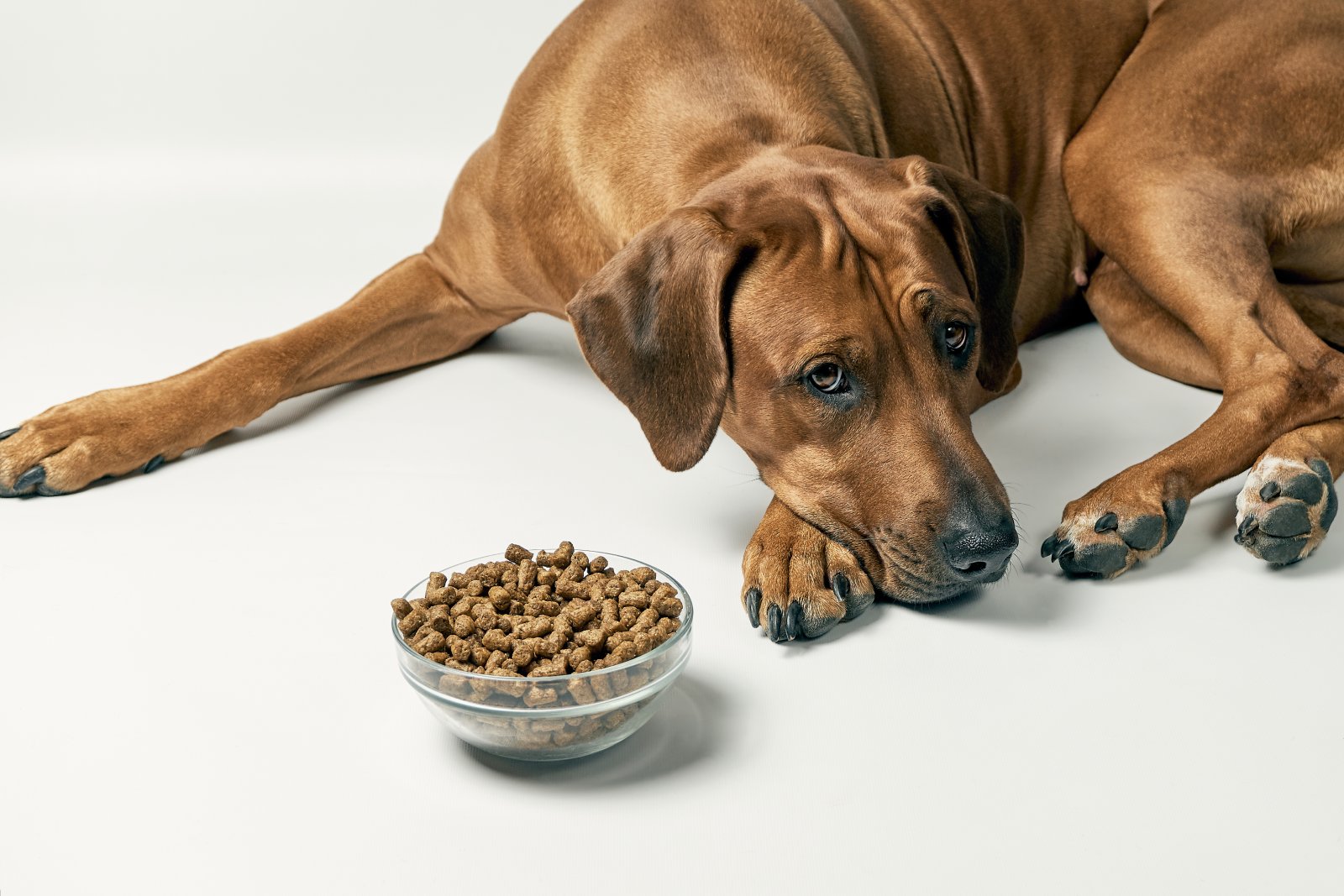
A sudden increase or decrease in appetite is often one of the first signs your dog may be experiencing depression. They might stop showing interest in their food or start eating excessively.
2. Loss of Interest

Depressed dogs often lose interest in activities they used to enjoy. This could include walking, playing, or interacting with other pets and people.
3. Increased Sleep

While dogs naturally sleep a lot, an increase in sleep or a seeming lethargy during waking hours can be a sign of depression.
4. Avoidance and Hiding
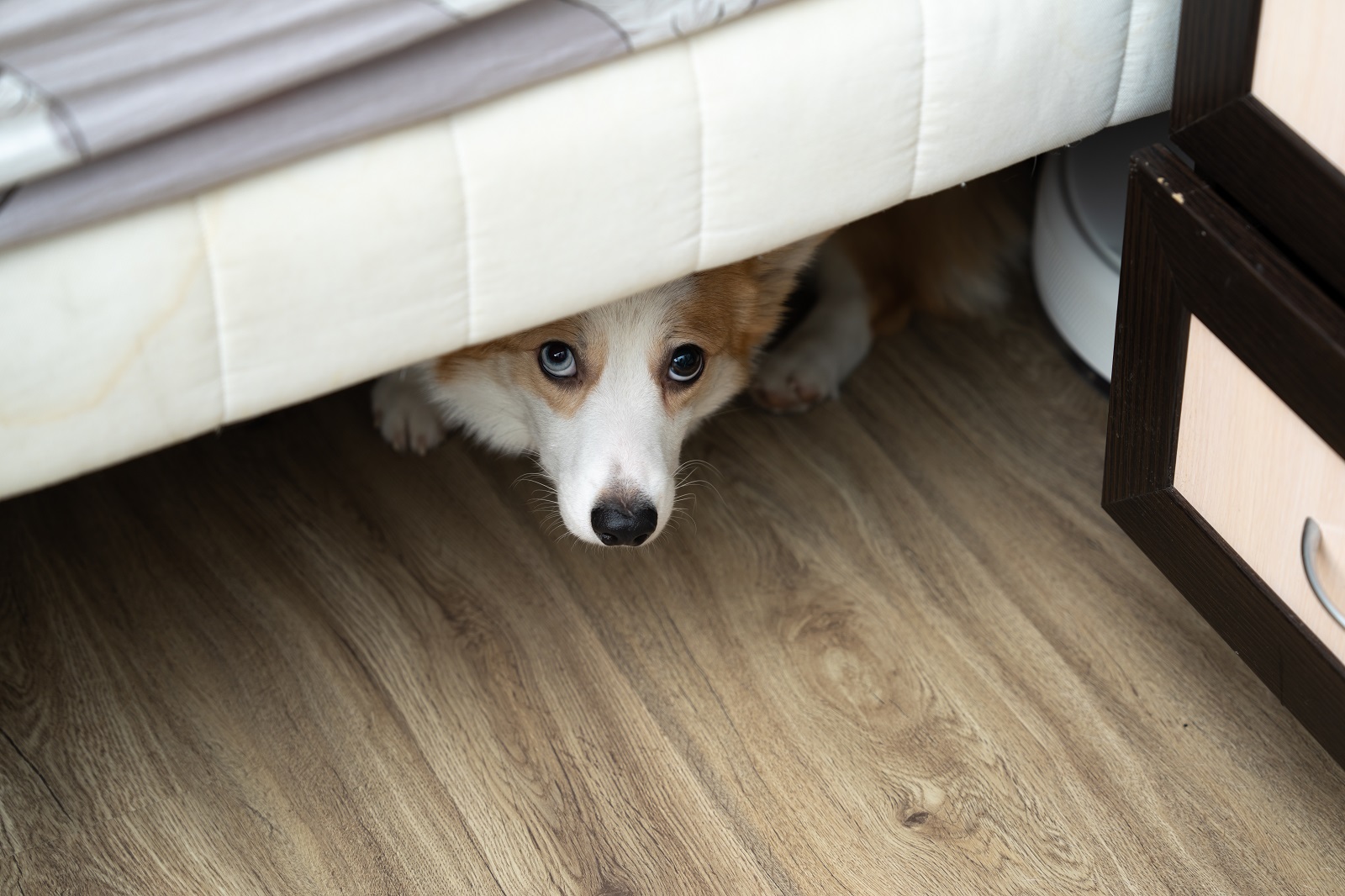
A dog that suddenly starts to avoid interaction or hides more than usual could be showing signs of depression. This is often their way of coping with sadness.
5. Lack of Energy

A noticeable drop in energy can indicate depression. If your dog seems unusually tired and unenthusiastic, it’s worth paying attention.
6. Pacing or Agitation
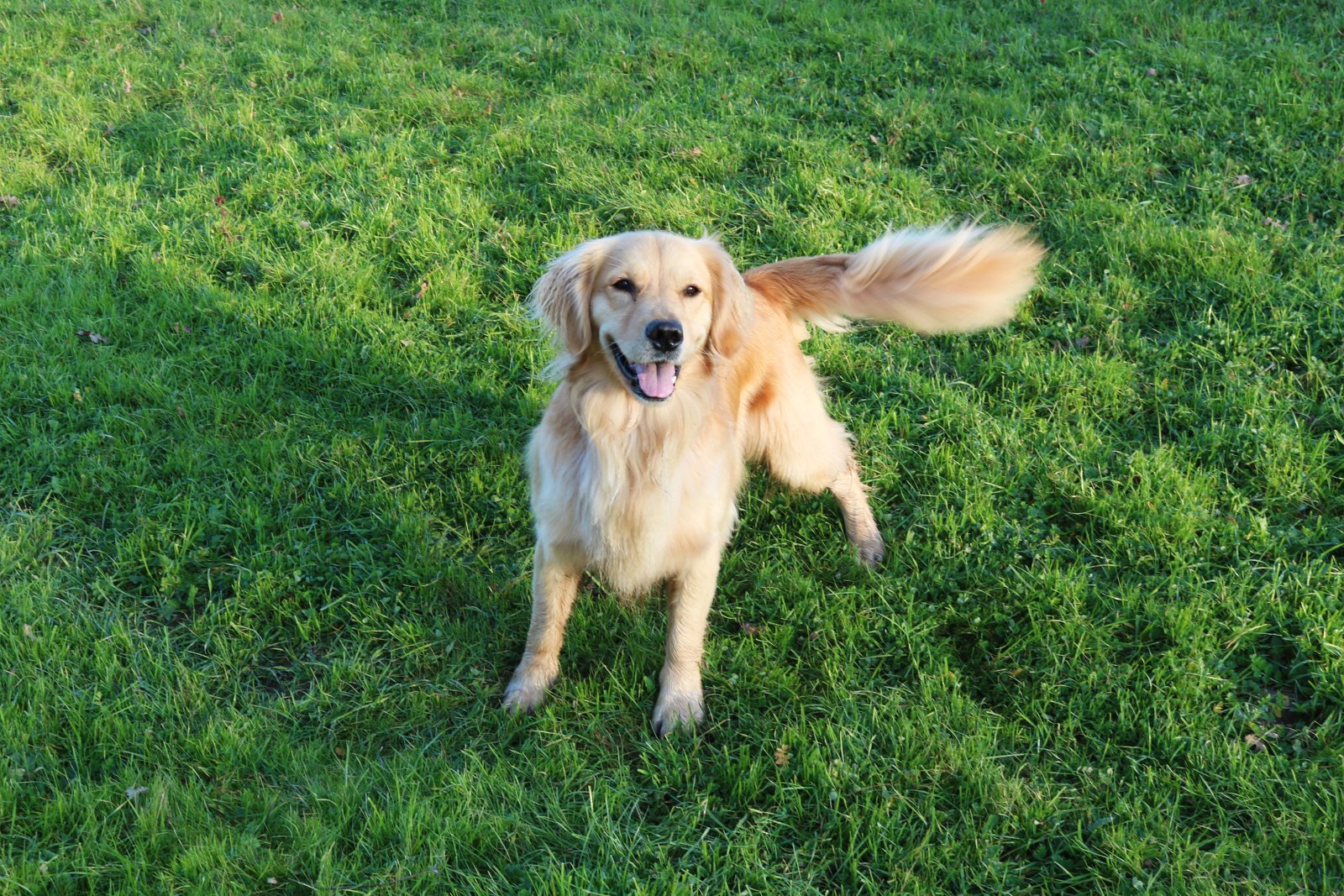
On the flip side, some dogs may exhibit signs of restlessness, such as pacing or agitation. This could also be a response to psychological distress.
7. Changes in Vocalization
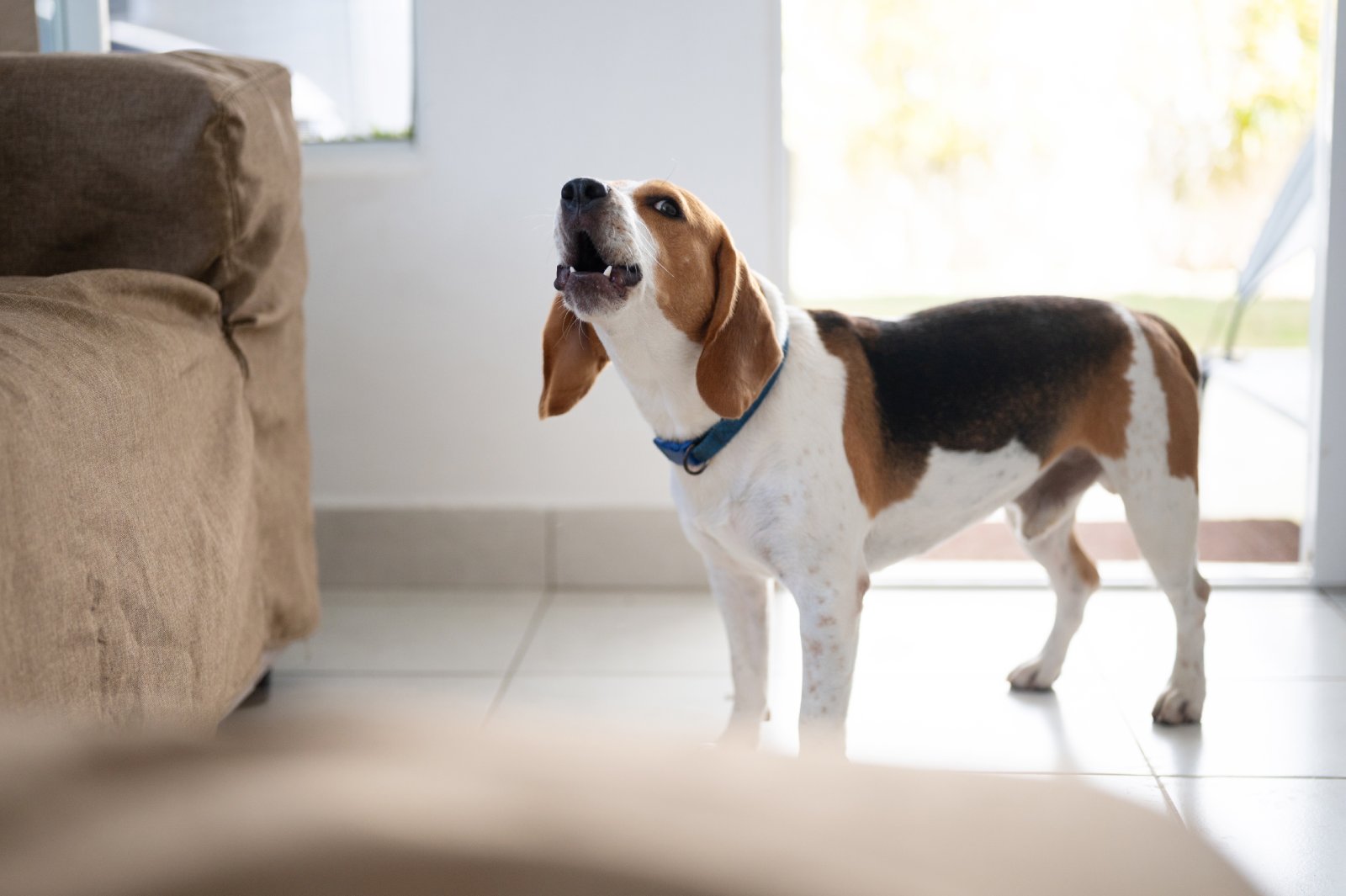
A change in the frequency or tone of barking or howling can be another sign. Depressed dogs might vocalize less or sound more mournful when they do.
8. Physical Symptoms
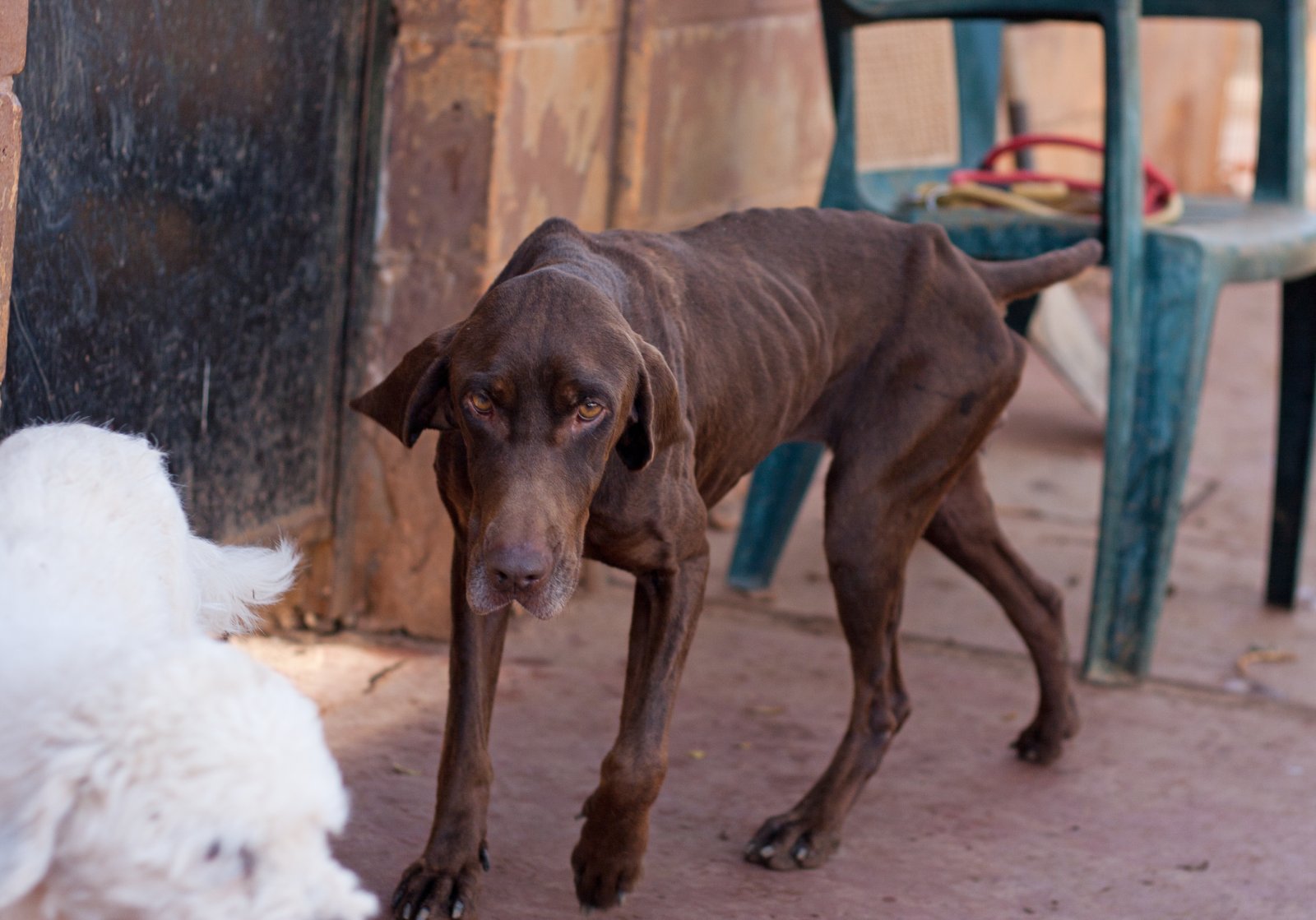
Physical signs such as a dull coat, weight loss, or changes in grooming habits can indicate depression, especially if related to a decreased interest in self-care.
9. Changes in Toilet Habits
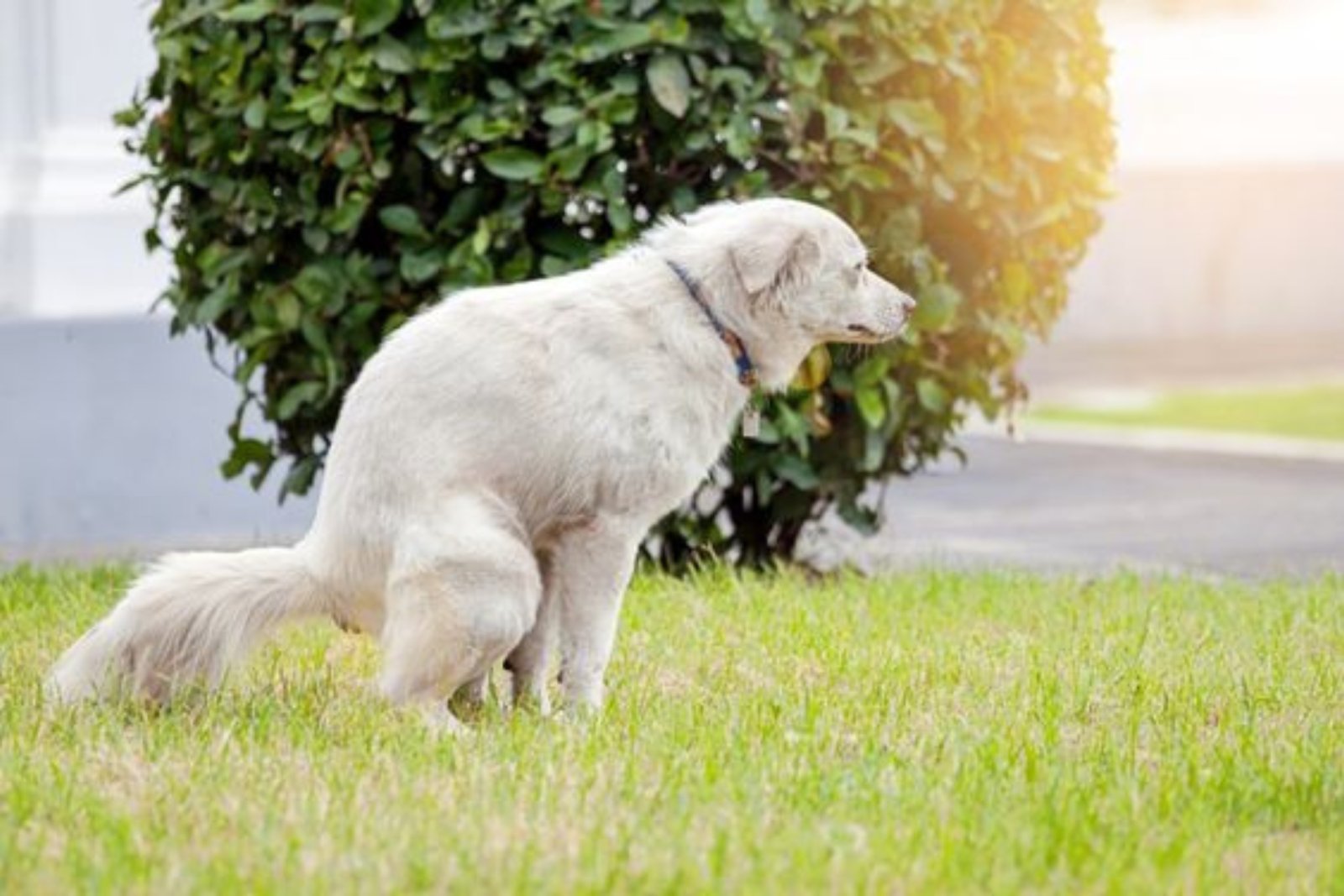
Depression in dogs can also lead to changes in toilet habits. This might include accidents in the house from a dog who is usually well-trained.
10. Destructive Behavior

Some dogs may exhibit destructive behaviors as a cry for help. This can include chewing on furniture or scratching at doors and walls.
11. Withdrawal from Social Interaction

If your dog starts to withdraw from social interactions and prefers to be alone, this can be a clear indicator of depression.
12. Diagnosis by a Professional
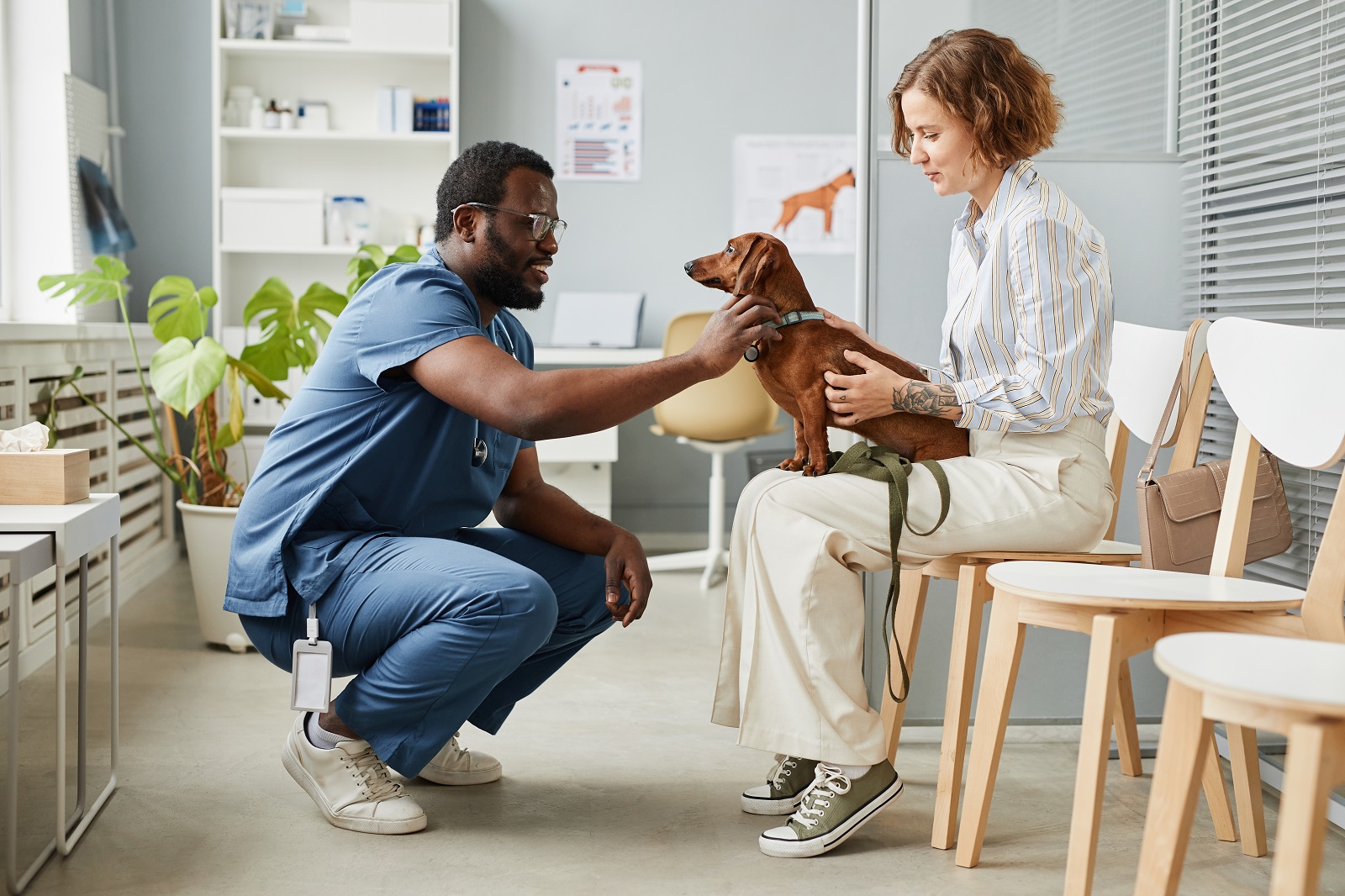
If you notice any of these signs persisting, it’s important to seek a diagnosis from a veterinarian. They can rule out other medical causes and confirm if it’s depression, guiding you on the best steps for treatment.
Take Notice
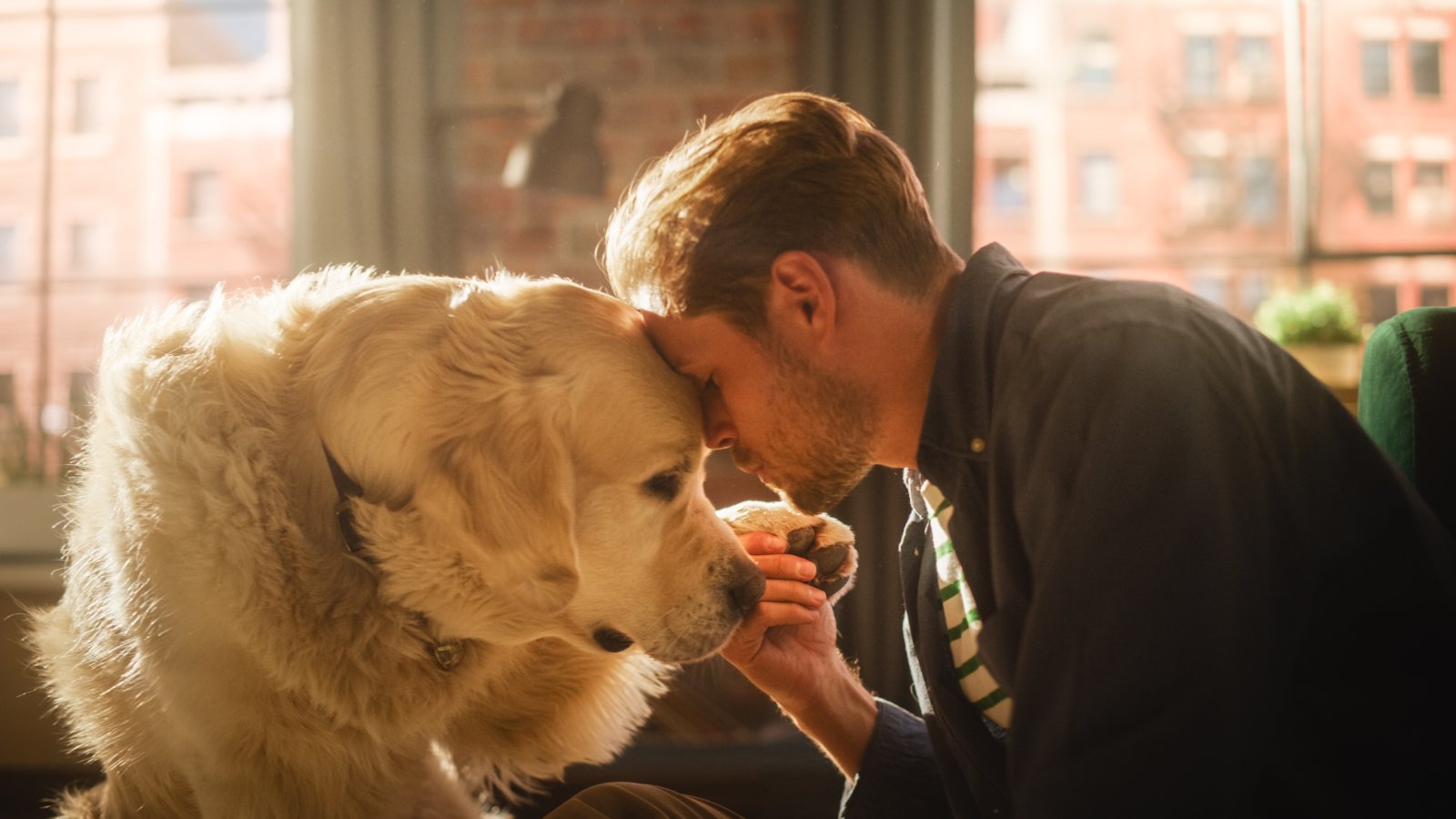
Understanding these signs and seeking timely help can make a significant difference in your dog’s mental health. Remember, early intervention is key in managing dog depression effectively.
The post Understanding Dog Depression: Signs and Diagnosis first appeared on PawShore.
Featured Image Credit: Shutterstock
For transparency, this content was partly developed with AI assistance and carefully curated by an experienced editor to be informative and ensure accuracy.

